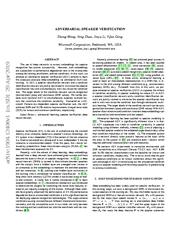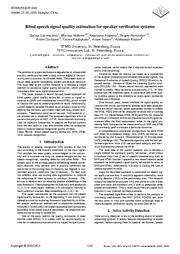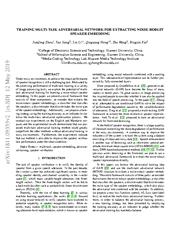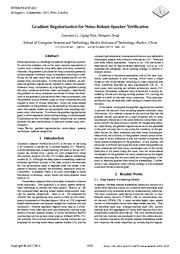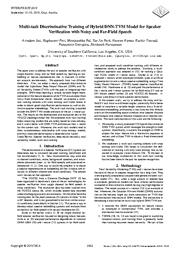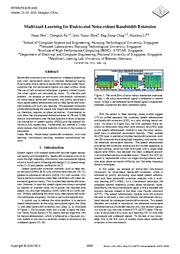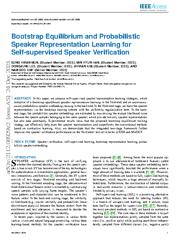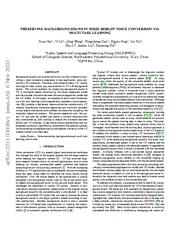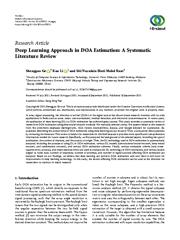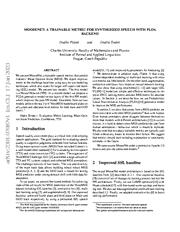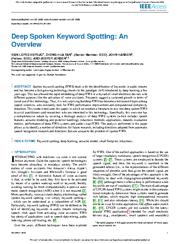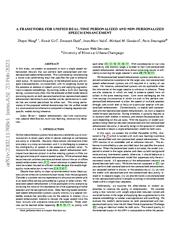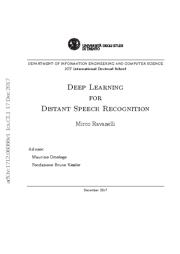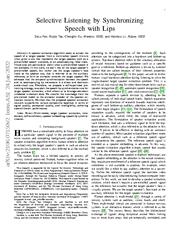Multi-Task Learning for End-to-End Noise-Robust Bandwidth Extension
Nana Hou, Chenglin Xu, Joey Tianyi Zhou, Eng Siong Chng, Haizhou Li
2020
Interspeech 2020
To alleviate such problem, we propose an end-to-end time-domain framework for noise-robust bandwidth extension, that jointly optimizes a mask-based speech enhancement and an ideal bandwidth extension module ...
Speech bandwidth extension methods, such as deep neural networks (DNN) [8, 9] , fully convolutional network [10, 11] , generative adversarial network (GAN) [12] , and wavenet [13] , mostly perform ...
With the advent of deep learning, recent studies suggest [17] an unified approach that combines speech enhancement and bandwidth extension (UEE) in a joint training neural network. ...
doi:10.21437/interspeech.2020-2022
dblp:conf/interspeech/HouXZC020
fatcat:g3ishlqknvfjfdzg2ymsjclvxe

